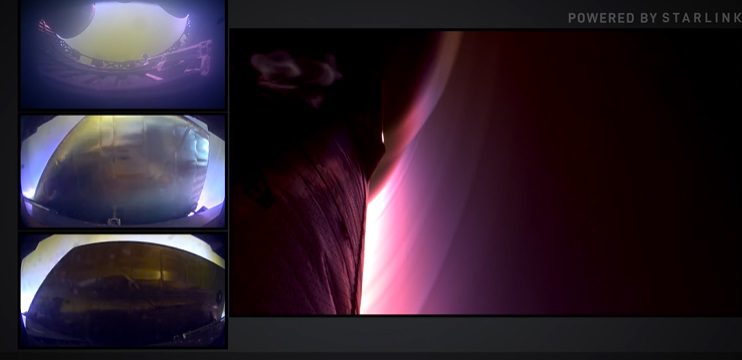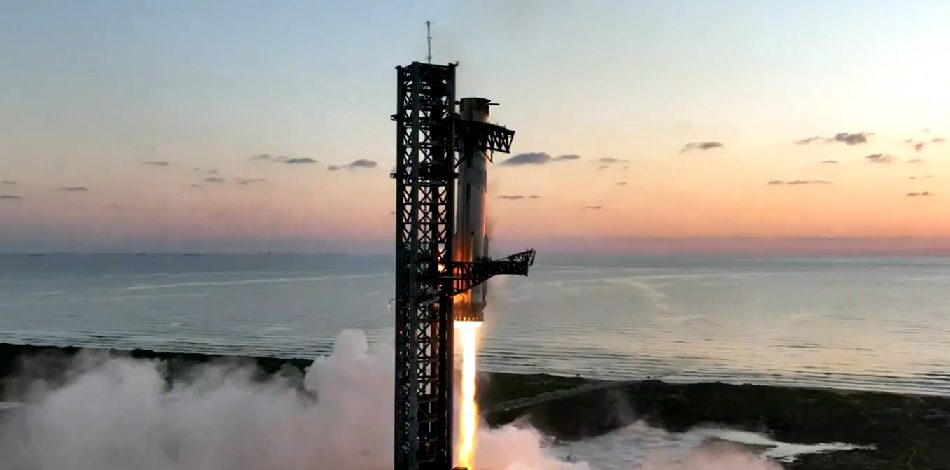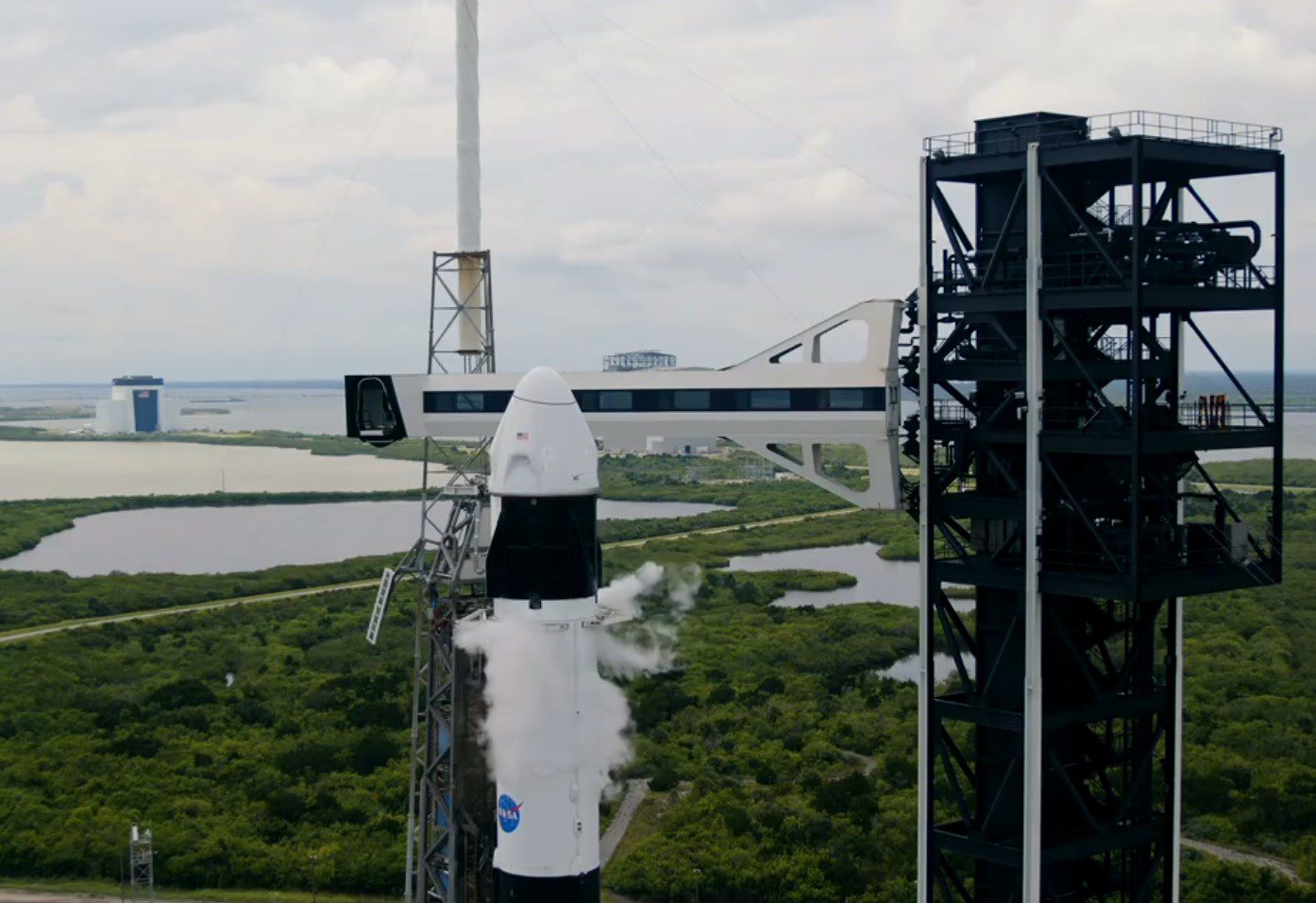Jeff Bezos, head of Amazon and Blue Origin rocket entrepreneur, has released an image showing how his new LOx/Methane powered New Glenn rocket series stacks up in its two- and three- stage versions. And boy, are they big.
The rocket series is named in honour of John Glenn, the first American to orbit Earth. According to Blue Origin, the New Glenn rocket series is 23 feet in diameter and lifts off with 3.85 million pounds of thrust from seven BE-4 engines in a reusable first stage. Burning liquefied natural gas (mainly methane) and liquid oxygen in the first and second stages, the 2-stage New Glenn is 270 feet tall and its second stage is powered by a single vacuum-optimised BE-4 engine.
The 3-stage New Glenn is 313 feet tall – nearly as high as the Apollo-era Saturn V. A single vacuum-optimised BE-3 engine, burning liquid hydrogen and liquid oxygen, powers its third stage. The booster and the second stage are identical in both variants.
Comment by David Todd: NASA has been stung by this announcement. With both Blue Origin and SpaceX building very large rockets, the raison d’etre of its SLS heavy lift launch vehicle is now open to question. At the AIAA Space 2016 conference, NASA Administrator Charles Bolden was asked his opinion of SLS compared with commercial rockets, and he responded: “I’m not a big fan of commercial investment in large launch vehicles just yet.” This is not surprising considering that large commercial launch vehicles are likely to be very cost effective in both their development and operation.
The SLS rocket, impressive as it is, will only fly once per year, equating to a per launch cost of about US$1 billion, and that cost excludes the US$20 billion plus spent on building it. And to think the Space Shuttle operation was shut down partly over its extortionate per launch cost of US$500 million.
Worst of all, its planned close derivative, the Sidemount heavy lift launch vehicle, which had a performance close to the Block 1 SLS, would have been flying by now for one third the cost of SLS. Bolden eschewed this design in favour of the much more expensive SLS as it seemed to have better development potential. This seemed to be the best decision at the time as the alternative was to build Sidemount as an interim HLV before a much larger design was constructed. But now that Blue Origin’s New Glenn 3 rocket is expected to have a similar performance to the Block 1 SLS, and with SpaceX’s Mars rocket likely to dwarf even the later more powerful SLS Block 1B and Block 2 variants, it may well be that General Bolden made the wrong decision when he and NASA went for an inline SLS design.







